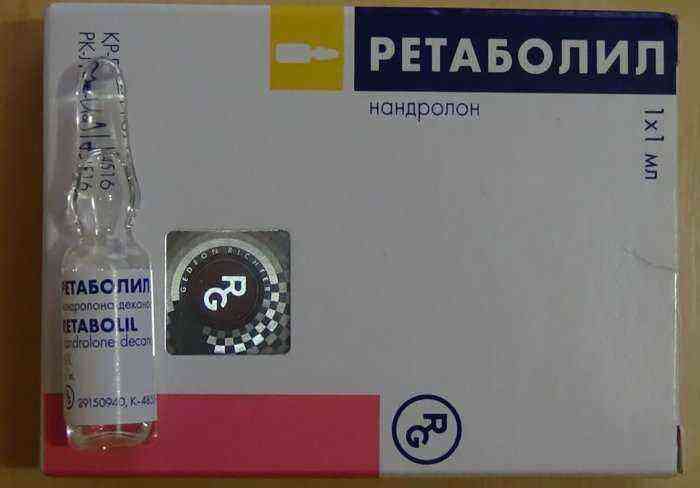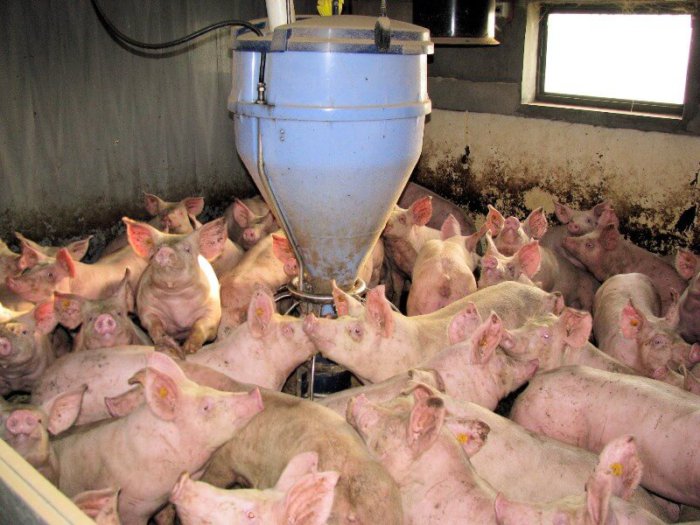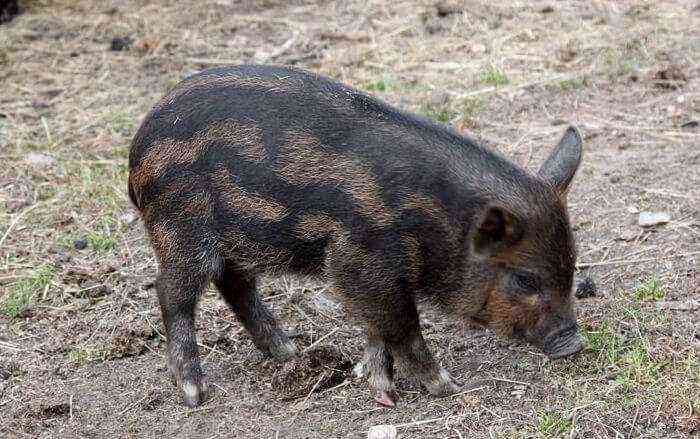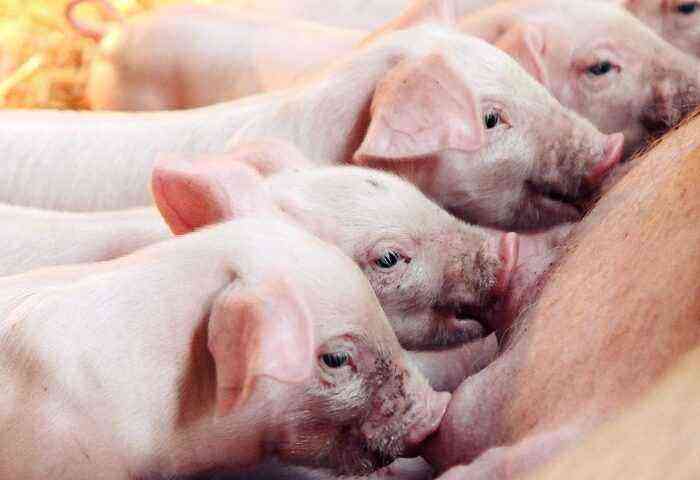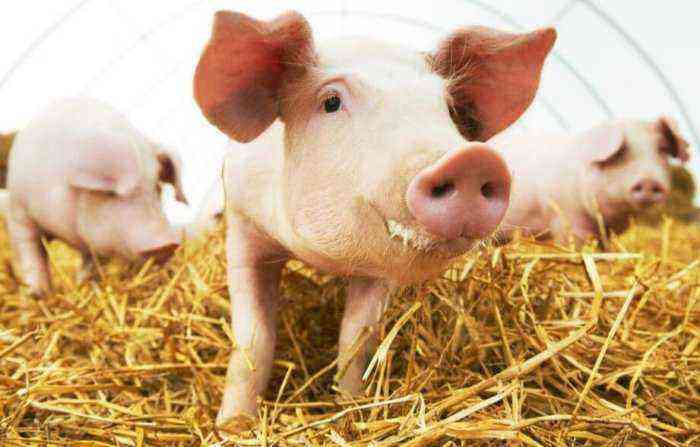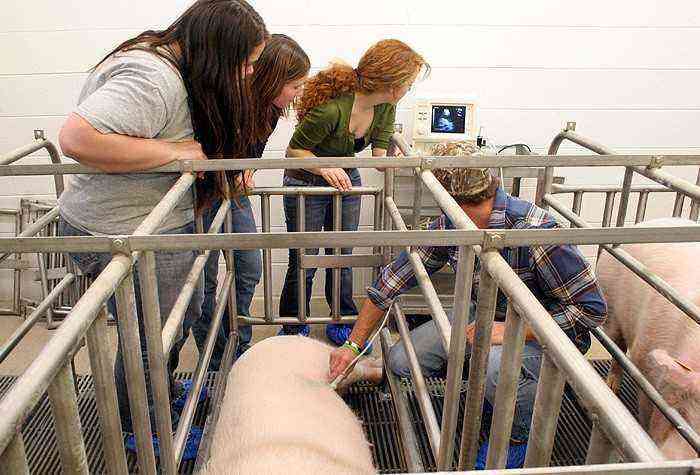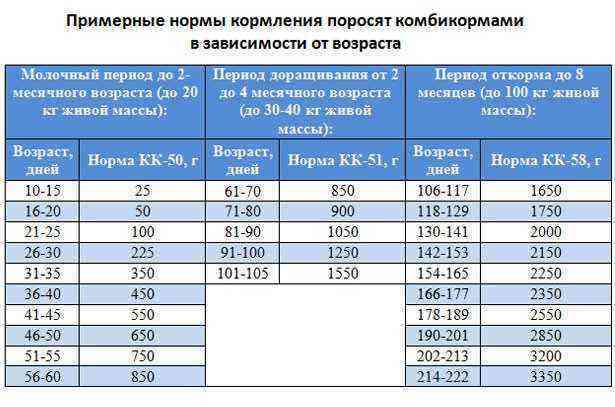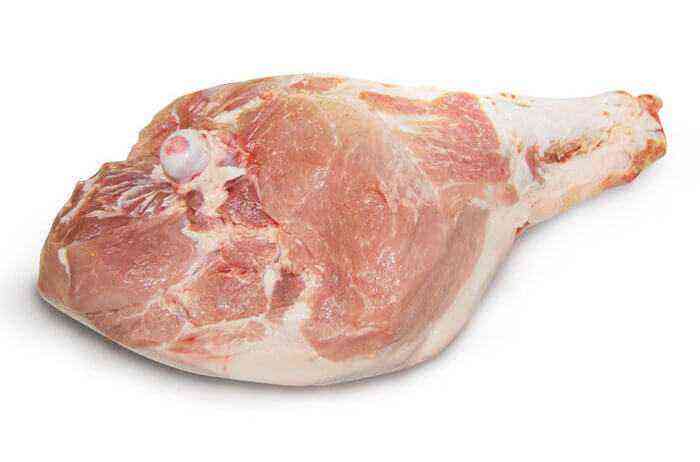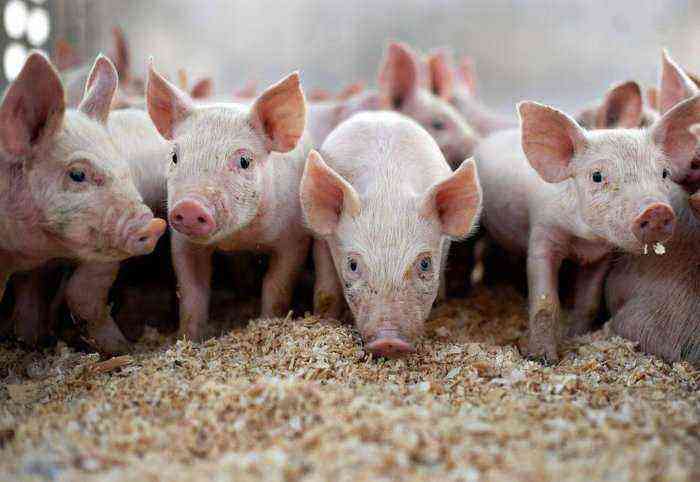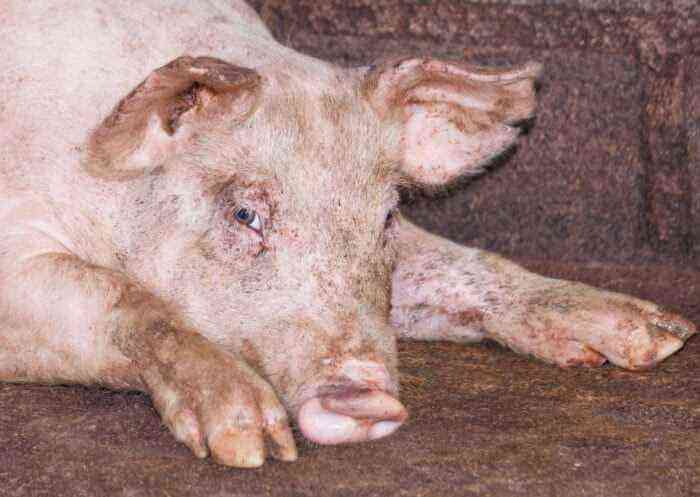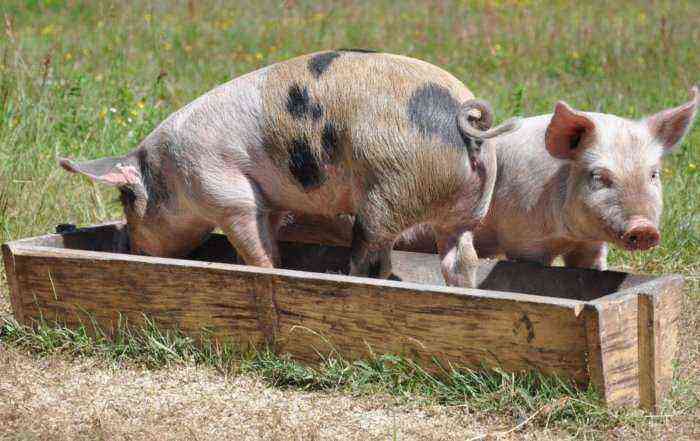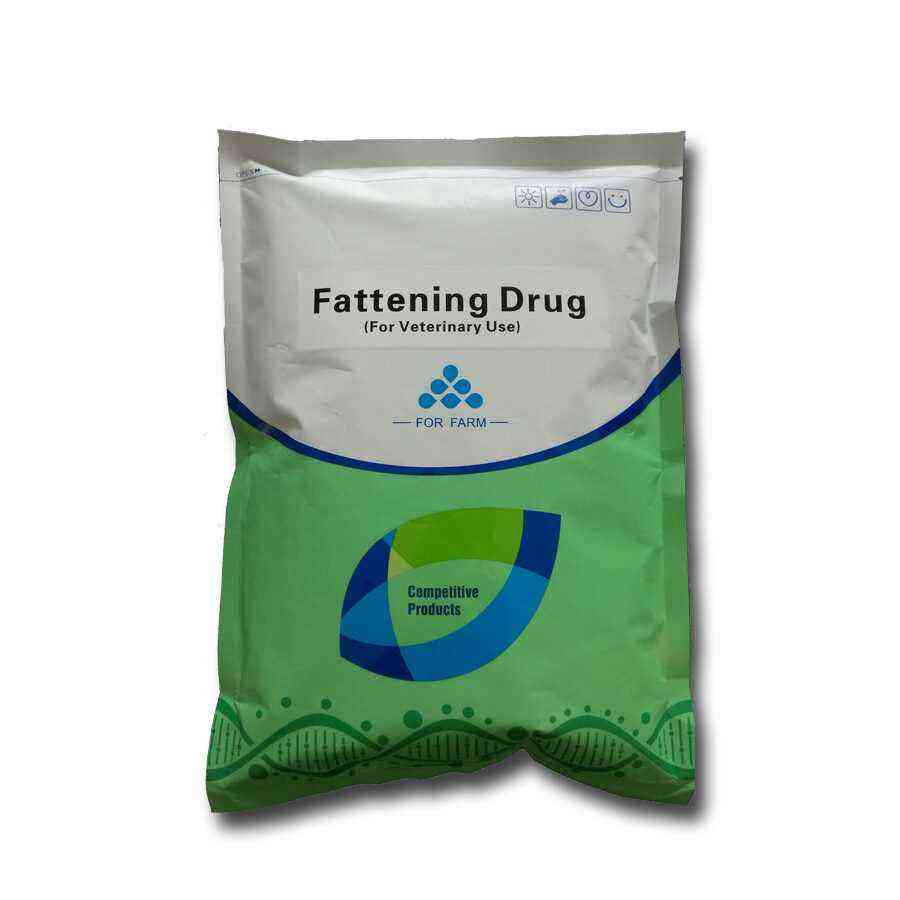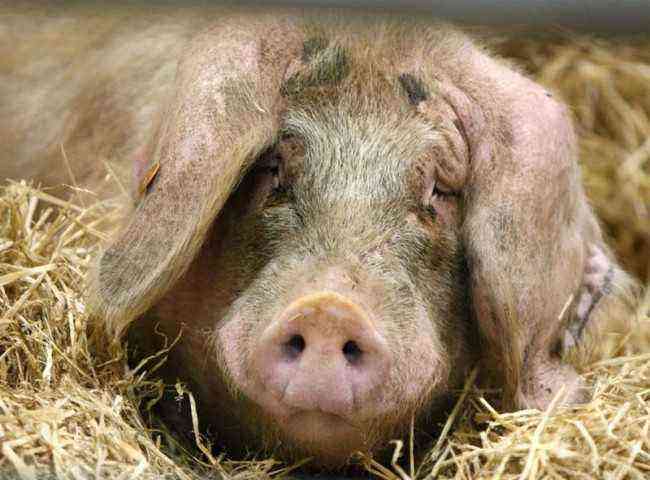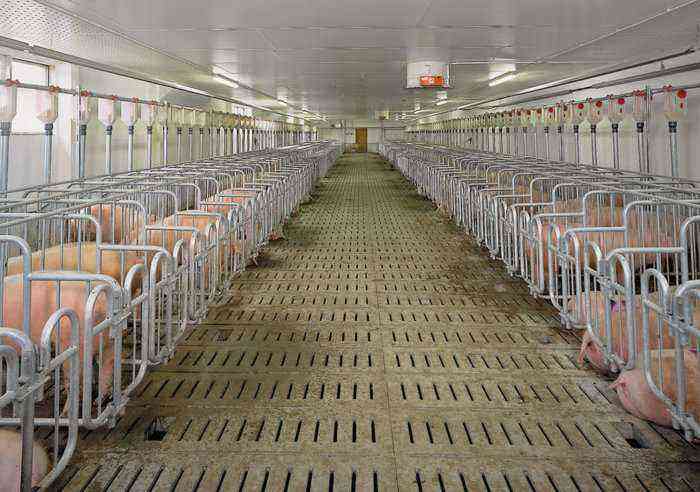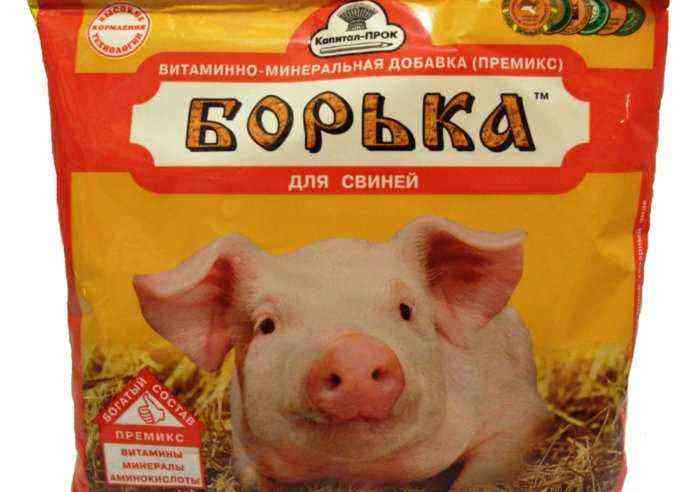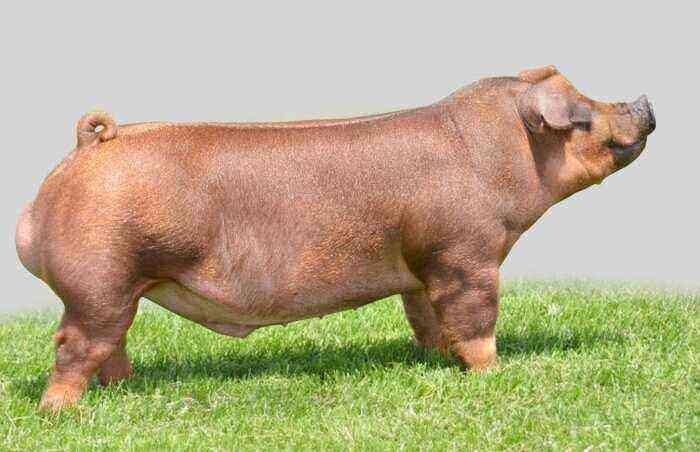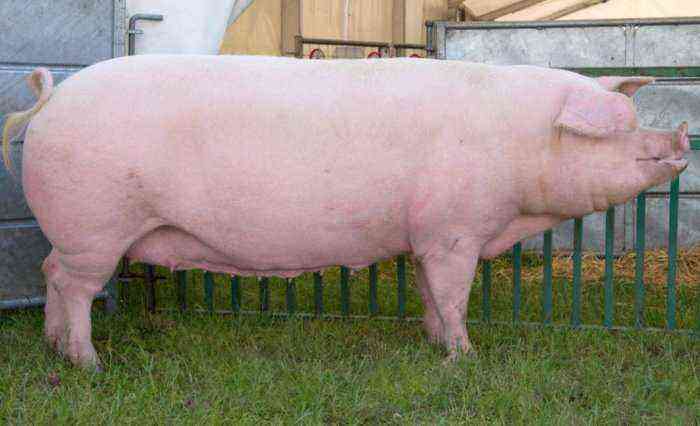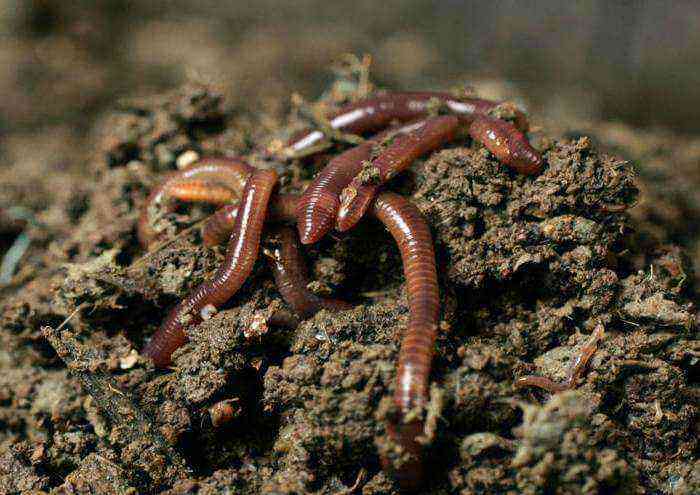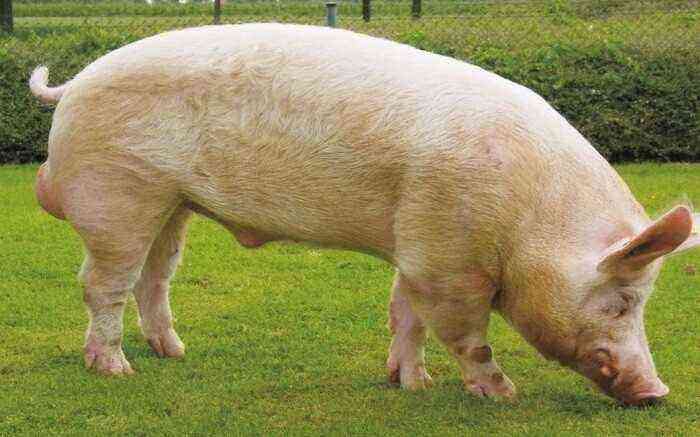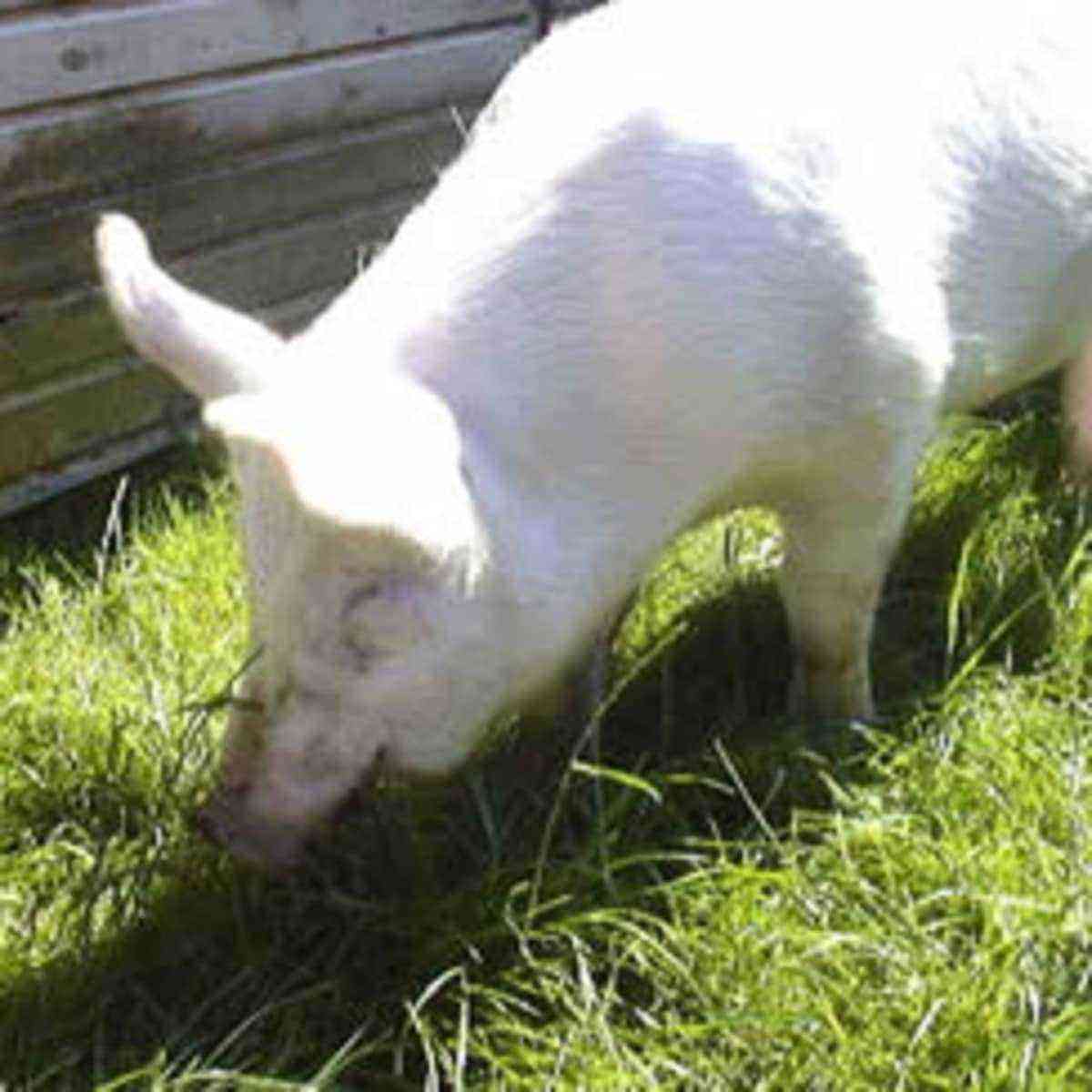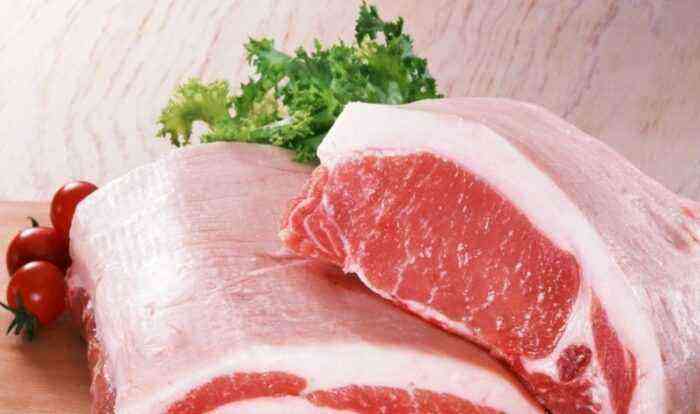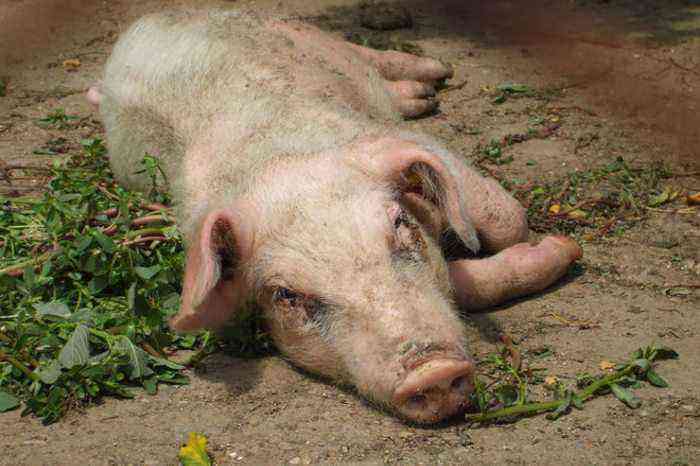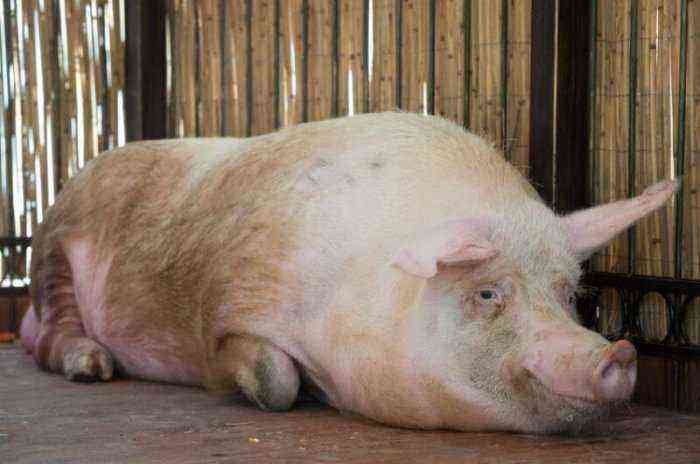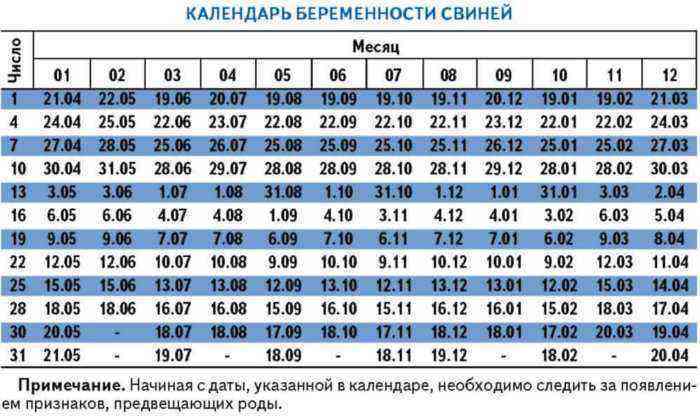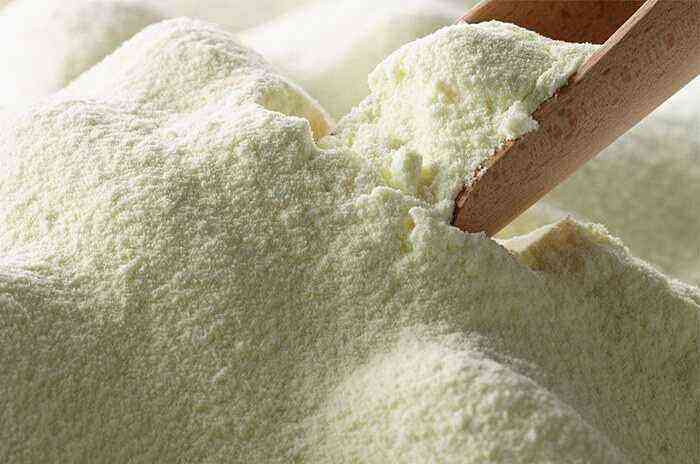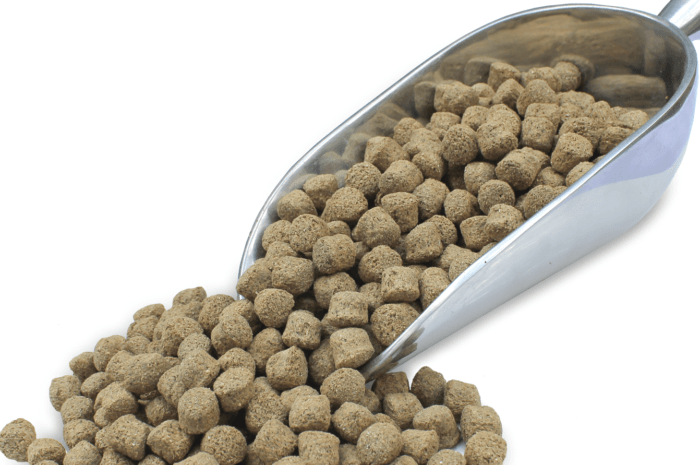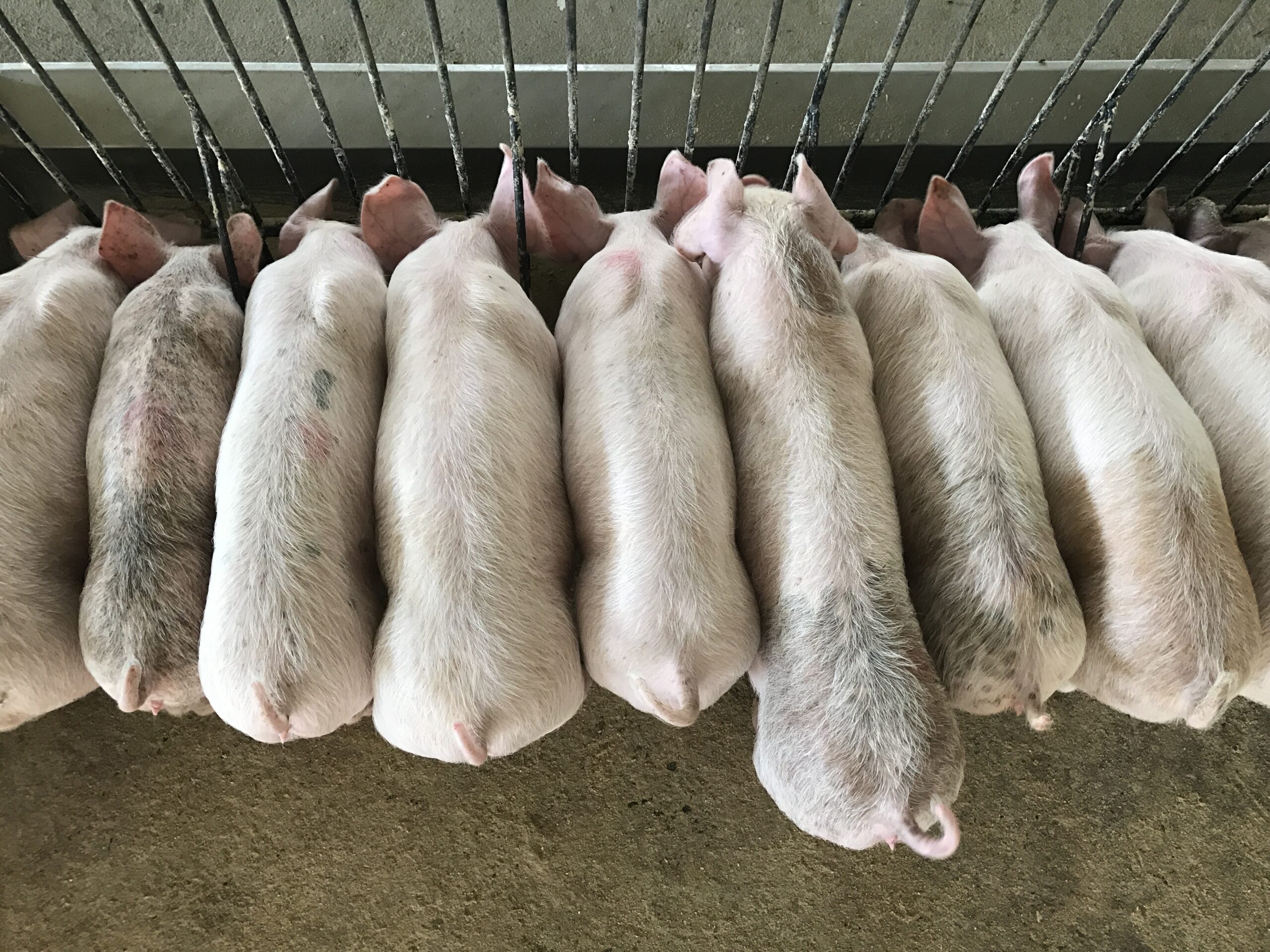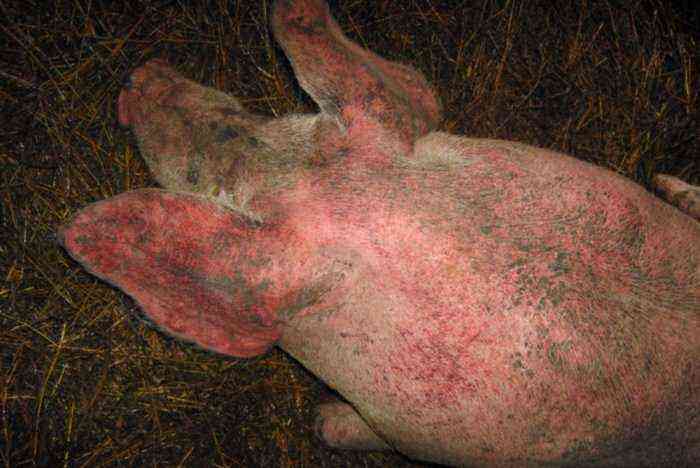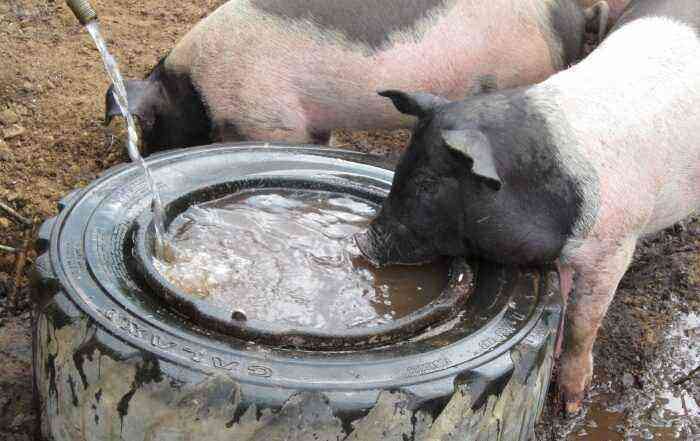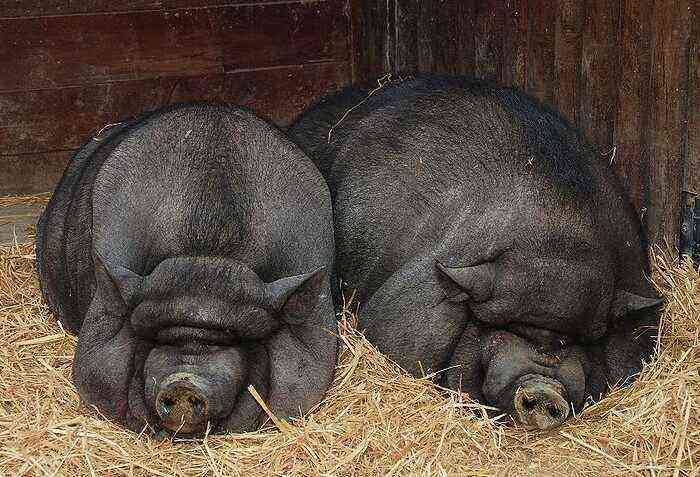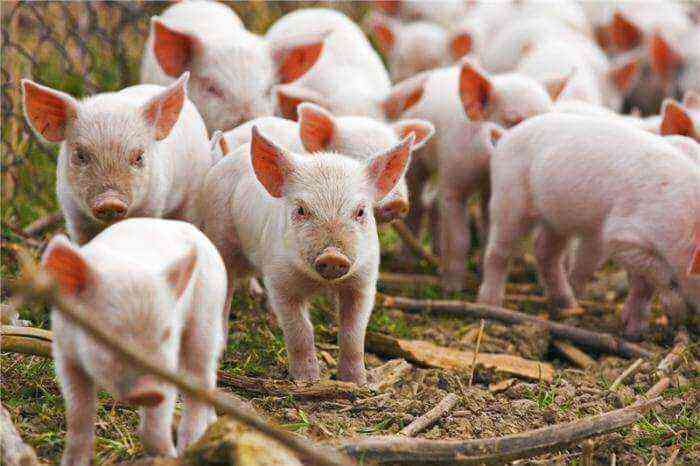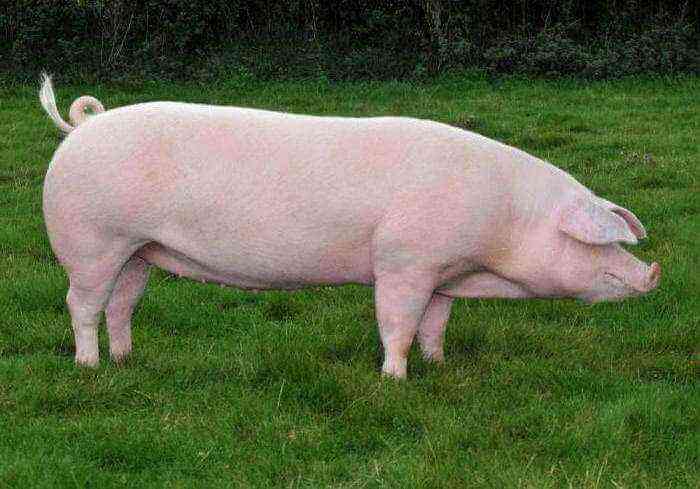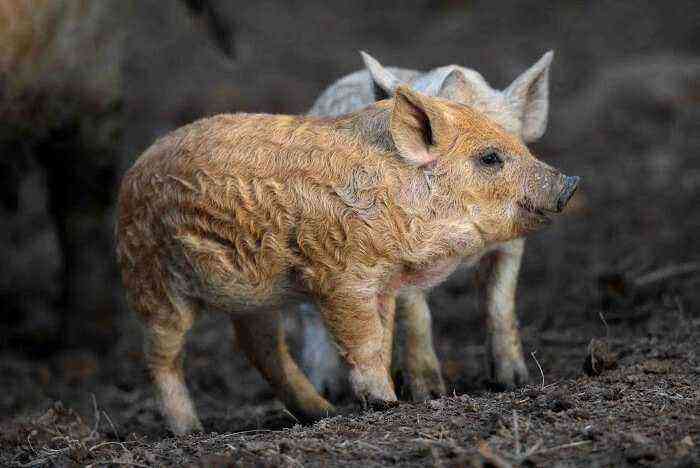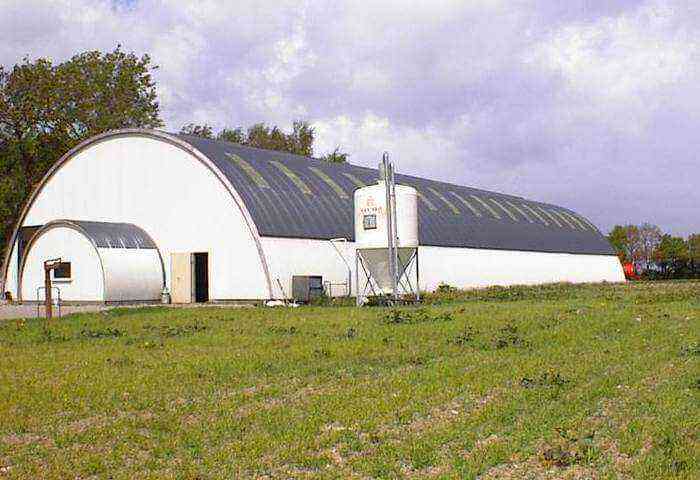When raising pigs, a properly balanced diet plays an important role. From food, the animal receives nutrients, vitamins and minerals. But not always their quantity is enough to fully meet the needs of the body. In this case, the owners of pig breeding complexes use various dietary supplements for pigs. They allow you to significantly accelerate the growth of living creatures and strengthen its immunity.
Supplements for pigs
Types of additives
Supplements for piglets are used to accelerate the growth and mass gain of the animal. Thanks to various preparations and stimulants, it is possible to significantly increase the speed and completeness of the absorption of nutrients from the feed. This, in turn, affects the weight of the piglet and the taste of the meat.
But, it is worth noting that today there are several types of such products. Each of them has its own characteristics and purpose.
Hormonal
This type of stimulant is used to accelerate the growth of animals by changing their hormonal levels. The composition of the drugs includes steroids or androgens. They are produced in two main forms:
- Pills. The most popular are Sinestrol and Diethylsiberstrol (DES). Such drugs are injected behind the ear of the animal and gradually dissolve in the blood over several months, improving the growth of the animal. As a rule, the complete resorption of the tablet occurs within 10 months.
- Intramuscular injections. Retabolil is one of them. It is administered every 2 weeks at a dose of 150 mg. Injections are carried out during the entire period of fattening piglets.
High-quality hormonal preparations for pigs, marked with a confirming certificate, suggest a number of advantages in use. These include:
- completely safe use;
- the absence of toxic substances and other components that can harm the body of the animal;
- no side effects when combining a stimulant with drugs;
- rapid release of the supplement from the body;
- compatibility with any type of feed.
Retabolil
Non-hormonal
Non-hormonal drugs that activate the growth of agricultural animals include various antibiotics. They are used for preventive purposes. Any pathogenic microflora that enters the body requires a certain amount of energy to fight it. If an antibiotic copes with the infection, the entire energy reserve is spent exclusively on the growth of the animal.
The most popular means in this direction are:
- streptomycin;
- biovit;
- biomycin;
- hygromycin.
Each of the listed stimulants assumes an individual production order, but all means are used in fact in the same way. To do this, the selected antibiotic in the amount of 1 g is dissolved in 1 liter of warm boiled water. Further, the recommended dose of the diluted preparation is mixed with animal feed or milk.
Antibiotics are given to piglets from the middle of the second week of life. The dosage for different age groups is as follows:
- from 2 weeks to 4 months – 2 mg of the drug;
- from 5 to 8 months – 4-6 mg;
- by 12 months, the norm increases to 10 mg.
Feeding piglets with the addition of dietary supplements
The measured rate of the drug is fed to piglets twice a day, the first time in the morning feeding, and the second in the evening.
Important! Before using this type of dietary supplement, it is advisable to consult a veterinarian. He will determine whether it is rational to use antibiotics when fattening animals and prescribe the exact dosage.
phosphatides
Phosphatides are another type of dietary supplement for pigs. It is obtained during the processing of vegetable oils, which allows them to be purified from harmful impurities. As a result, it is possible to obtain a completely safe stimulant that is able to increase the weight of young animals by 1% compared to standard indicators.
This type of additive is a brown thick fraction, which is diluted with a small amount of boiled water before feeding to animals. After dilution, the mixture is added to the food of pigs (it is best to mix it thoroughly with compound feed). In this case, you should strictly adhere to the recommended dosages.
For piglets up to 4 months old, the drug is fed at a dosage of 1 g per kilogram of the baby’s weight. After 4, the growth rate of the animal decreases slightly. Accordingly, the supplement rate is also reduced to 0,8 g. The indicated dosages are divided in half and fed to young animals in 2 meals.
Supplements
This form of growth accelerators involves various compositions, which include biological components necessary for the development of body tissues. As a rule, each such additive contains one main substance and several additional ones. Types of supplements:
- Azobacterin. This substance is a good source of nitrogenous compounds and vitamin B 12, which accelerate muscle building. Animals are fed this supplement with food, starting from 2 months of age. The average dosage is no more than 0,5 g per kilogram of pig weight. The drug is actively used during the entire period of fattening of young animals.
- Protein-mineral-vitamin complexes (PMVD). There are several types of such products. Each of them involves its own ratio of micro and macro elements, vitamins, nutrients. Each composition is designed for animals of a certain age and physiological state. They contain large amounts of iodine, selenium, iron, zinc and other substances.
- natural acids. The most popular among them are amber and lemon. Also, farmers often use glutamic acid. Before feeding to pigs, such a substance is diluted with clean water. The dose of such top dressing is 20 mg per kilogram of weight. Acids are mixed into animal feed or water once a day. To achieve the best effect, all of these supplements alternate on different days.
Lemon acid
This kind of top dressing is widely used both on an industrial scale and in households. Moreover, their use does not imply difficult moments in application, and most types of such products can be bought at a minimal cost.
Enzyme stimulants
Enzyme supplements for pig growth are made from the tissues of internal organs. Such source material is taken from the liver, spleen or kidneys of a healthy individual. This is followed by a rather complex technology for processing raw materials. It includes the following steps:
- The selected organ of a healthy pig is carefully crushed until a homogeneous mass is formed. Then it is placed in a refrigerator for a period of about 5 days.
- All unnecessary components are removed from the aged fraction, leaving only pure pulp.
- The resulting substance is poured with saline.
- The mixture is ground again in a special meat grinder.
- Then the liquid composition is poured into a special container and processed in an autoclave with a thermal effect of 120 degrees.
- Then the vials are sealed and the serum is ready for administration.
Such a substance from the parenchymal internal organs contains a large number of enzymes, which, supplementing the pig’s own enzymes, enhance its growth.
Serum is administered to pigs in the form of subcutaneous injections. The action of one injection is enough for 10 days, after which the introduction is repeated. Enzyme stimulants begin to inject animals from the age of one month. Each age group has its own dosage:
- for piglets, the norm is 1 ml;
- gilts are injected with a dosage of 3 ml;
- for older pigs, the rate increases to 5 ml.
Attention! More precise injection sizes depend on the specific type of drug used.
Nucleopeptide is one of the most demanded means in this regard. It allows you to significantly increase the weight of the young. The only disadvantage of using such serums is that they require frequent administration.
Bioximin for pigs
Another commonly used growth stimulant is bioximin for pigs. Such an additive includes the microflora familiar to the intestines of animals, which, when it enters the gastrointestinal tract, accelerates the process of digestion of food and the absorption of nutrients into tissues. This allows you to significantly increase the weight gain in young animals, as well as strengthen the immune system of animals. In addition, in pigs that were injected with such a drug, complications and diseases after farrowing are much less likely to be traced.
Preparation Bioximin
In addition to microorganisms, the dietary supplement also includes enzymes and catalysts. Bioximin is an effective alternative to steroid drugs and is almost as effective as them.
Feeding rules
When supplementing the diet of pigs with bioadditives, a number of important recommendations should be followed. First of all, for each stimulant used, it is necessary to accurately determine the timing from which they can be fed to young animals. Most of the drugs are administered from a week or a month of age. You should also carefully study contraindications for animals with certain physiological conditions (illness, pregnancy, and others).
If the additive is administered to the animal orally with food, then a sufficient amount of concentrates must be added to such food. The grain is crushed before serving. If other feeds are added to the bulk, then they are mixed until a homogeneous mass.
You should also make sure that in the diet of young animals, in addition to the dietary supplement, there are enough vitamins of group B, vitamin E and calcium. Increased weight gain in young animals can create additional stress on the skeleton. But the presence of these components in food will strengthen it and thereby adapt it to an additional load.
On the open market there are a large number of different dietary supplements for pigs. They can significantly enhance the growth of animals, improve their health, normalize the functioning of the intestines and other organs. But the choice of such products should be approached as responsibly as possible. You can buy additives only from certified manufacturers, and it is better to take a specific composition based on the advice of experienced professionals.
